Tintoretto - The Genius Behind Titian's Shadow
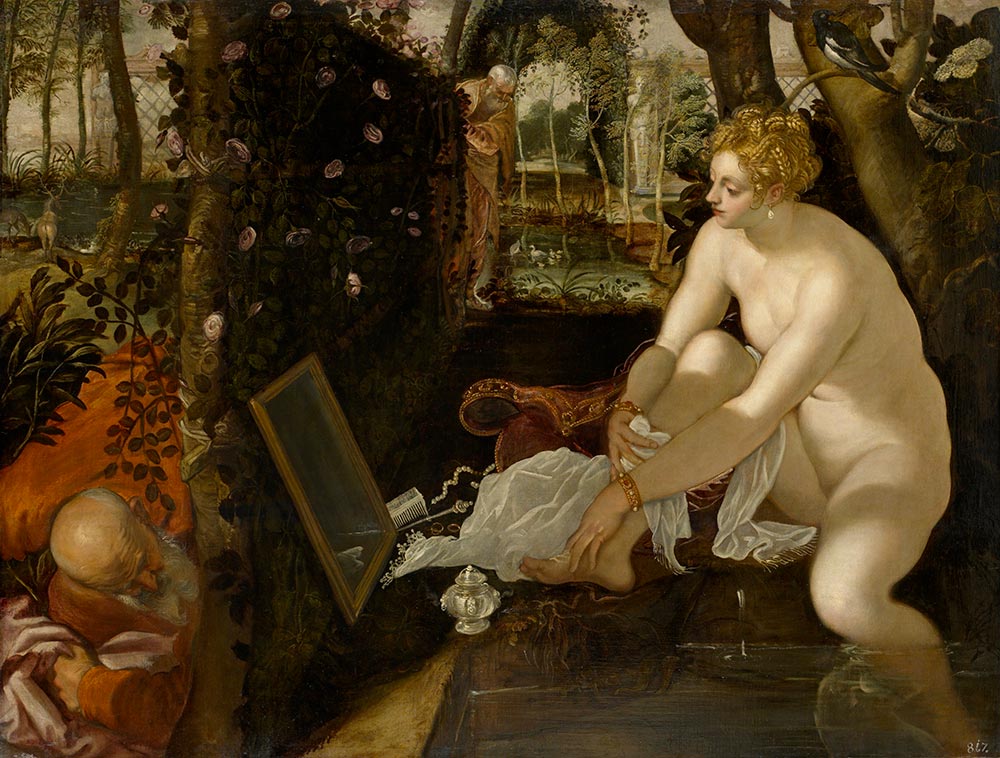
The brilliance of Titian's greatness has overshadowed the work of his contemporary Tintoretto for centuries. Only a few years ago did art history "discover" the mastery of Tintoretto, who, with his painting and his restless search for paths, stands perhaps closer to our own time than to the age of classical serenity and perfection. As Titian's successor he perfected his art, but with it he was already a man of the next age. His work relates to the work of Titian as a century later the work of Rembrandt relates to that of Rubens. He is a type of restless, reflective artist whose religious outlook is opposed to Titian's optimistic worldview. In contrast to the pure dyed harmonies and classical compositions of the Renaissance master, Tintoretto's art is characterized by the fantastic richness of muted, broken colors and restless, agitated compositions.
Tintoretto's life is entirely connected with Venice. There he was born and there he died. He was the son of a cloth dyer, and his nickname Tintoretto (the word 'tintore' means 'cloth dyer' in Italian, and the diminutive 'tintoretto' means 'dyer') remains his nom de plume. He has no princes for friends, but lives in his town as a wealthy citizen. In 1539, he earned a living as an independent master. The painting "The Miracle of the Slave" (also known as "The Miracle of St. Mark", 1548) gained him popularity, he was showered with large commissions and worked for the Doge's Palace and the religious associations of the Venetian citizens. Tintoretto devoted much of his life to decorating the church and halls of the Scuola Grande di San Rocco. Even today, the richest treasury of his works - the unforgettable in its beauty Venetian collection - is still here.
Tintoretto's contemporaries acknowledged his art but did not really understand it. With his method of painting he was an innovator: in his studio he kept small wax figures in a box with which he composed scenes and then illuminated them with artificial light. On the canvas, with the help of a "chiaroscuro" (chiaroscuro light), he first determined the lights and shadows, the proportion between the figures and the free space, unlike, for example, Raphael, who first outlined the figures with an outline and then colored them.
In Tintoretto's works we find a completely new vision, which is no longer Renaissance but not yet Baroque. We call this transitional period the age of Mannerist art (1520-1660), and the style Mannerism. Many features of Tintoretto's painting are Mannerist: the dynamic movement of figures elongated in their proportions, the peculiar depiction of lights and surrounding figures amidst an imaginary landscape. His figures are an expression of a new ideal of beauty. Their bodies radiate the beauty of soul and feeling. These soulfully beautiful people move in the painting. The painter only portrays one moment of their movement and action, but we feel that in the next moment they will already be in another position. They speak clearly and their movements give meaning to their existence. Light is in fact the main theme and plays a central role in Tintoretto's painting. This strange light emanates either from the figures themselves or from an unknown source, passing through people and objects and making the latter mysteriously transparent and luminous. With Tintoretto there is no total darkness or total light. This play of light either highlights the objects or veils them. At the same time, it gives rise to the radiance of the colors. No one else has been able to paint a figure or an object with such ease, with just a few brushstrokes. Alongside the dynamic movement and the peculiar way of conveying light, the third mannerist feature of Tintoretto's paintings is the spatial depth that reaches far from the foreground of the image. Very often the environment of his scenes is not taken from reality, but is a figment of his imagination - it is the closed world of an artist's imagination.
A century and a half before him, the masters of the early Renaissance had sought to apply the science of perspective to painting, and here the artist was already creating the space and nature of the picture himself, placing them at the service of artistic expression. This art, this painting of artistic visions and moods, gives a new look to Tintoretto's works.
Today, the splendor of Tintoretto's masterpieces can be appreciated, courtesy of museum-quality hand-painted reproductions and exquisite giclée fine art prints. His enduring legacy continues to captivate a new generation of art connoisseurs, bewitching them with the sheer magnificence of his artistic genius.

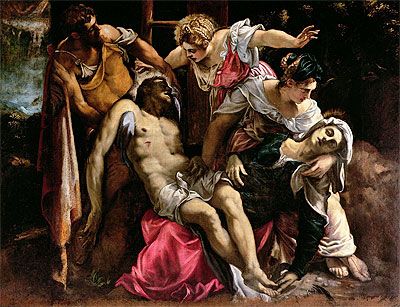
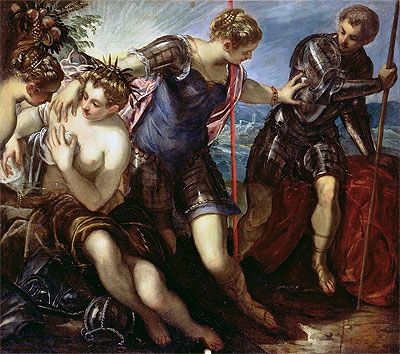
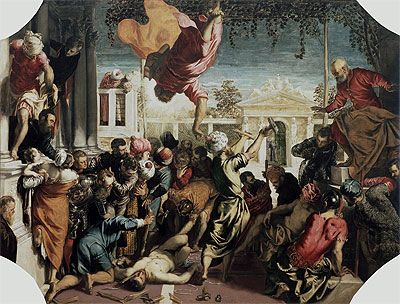
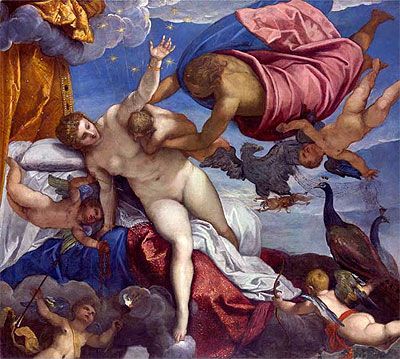
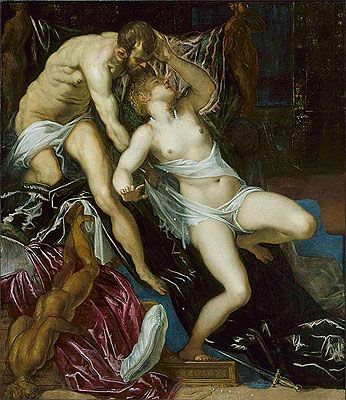
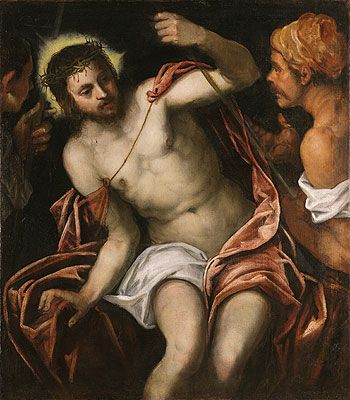
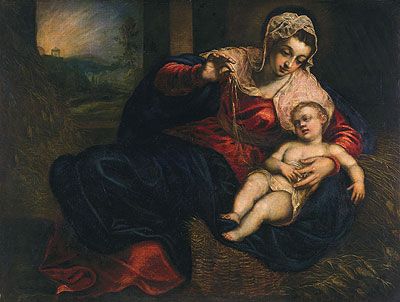
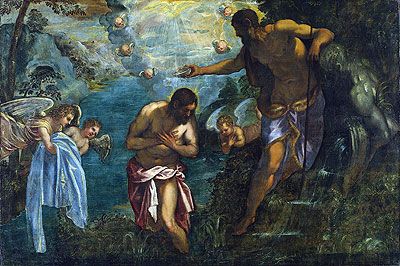
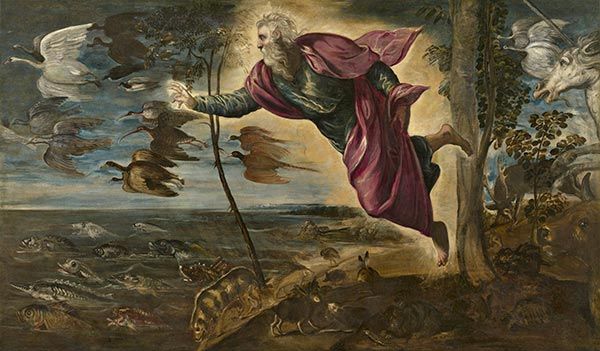
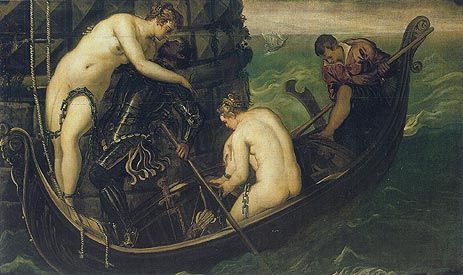
Comments